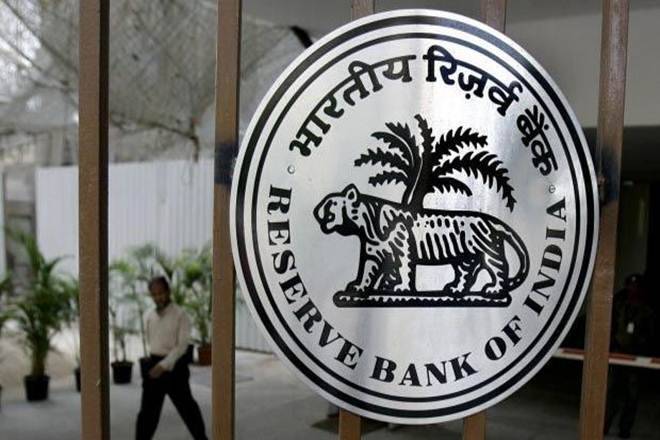In case of failure to maintain the inflation target for three consecutive quarters, the central bank, under section 45ZN of the RBI Act, is required to submit a report to the government explaining the reasons and spelling out the remedial actions it would be taking to check the price rise.
New Delhi: For the first time since the implementation of the monetary policy framework in 2016, the Reserve Bank will submit a report to the government on its failure to keep the retail inflation rate below six per cent for three consecutive quarters beginning January 2022. The monetary policy framework, which came into effect about six years ago, mandates the Reserve Bank of India (RBI) to maintain retail inflation at 4 per cent with a margin of 2 per cent on either side.
Read More: Adani group to invest USD 150 bn in pursuit of USD 1 trillion valuation
In case of failure to maintain the inflation target for three consecutive quarters, the central bank, under section 45ZN of the RBI Act, is required to submit a report to the government explaining the reasons and spelling out the remedial actions it would be taking to check the price rise. The central bank has called a special meeting of the Monetary Policy Committee (MPC) on November 3, to prepare its report on missing inflation targets to the government. The six-member rate-setting panel is headed by RBI Governor Shaktikanta Das.
“Under the provisions of Section 45ZN of the Reserve Bank of India (RBI) Act… an additional meeting of the MPC is being scheduled on November 3, 2022,” the central bank said in a statement on Thursday. Section 45ZN of the Act deals with failure to maintain the inflation target. Governor Das had earlier said the central bank will not make the report public. It is not clear if the government too would like to keep the report confidential or make it public for wider discussions and deliberations, he had said.
To tackle price rise, the government in 2016 gave a mandate to the RBI to keep retail inflation at 4 per cent with a margin of 2 per cent on either side for a five-year period ending March 31, 2021. Section 45-ZA of the RBI Act, 1934 requires that the central government shall, in consultation with the RBI, determine the inflation target in terms of Consumer Price Index (CPI), once in every five years.
As per a notification issued on March 31, 2021, the central government retained the inflation target at 4 per cent (with the upper tolerance level of 6 per cent and the lower tolerance level of 2 per cent) for the 5-year period April 1, 2021 to March 31, 2026.The MPC held its first meeting in October 2016 and the last meeting, held during September 28-30, 2022, was the 38th meeting of the rate-setting panel.
The retail inflation based on CPI has remained above 6 per cent since January 2022. It was 7.41 per cent in September. The MPC factors in retail inflation while deciding the bi-monthly monetary policy.If the average inflation remains above the upper tolerance level or less than the lower tolerance level for any three consecutive quarters, it will be considered a failure on part of the RBI in meeting the inflation-targetting mandate.
The RBI has been aggressively raising the key interest rate since May in a bid to contain inflation. It has so far raised the short-term lending rate by 190 basis points, taking the repo rate to a nearly three-year high of 5.9 per cent. Last month, the RBI retained its inflation projection for 2022-23 at 6.7 per cent amid geopolitical concerns triggered by the Russia-Ukraine war, and expected inflation to be under control from January.
It may be noted that inflation had overshot the target for over three quarters during the coronavirus pandemic period as well. But a technical shortcoming in the data collection, wherein data was collected without visiting the mandis because of the pandemic related, had helped ensure that no such explanation had to be given by the RBI at that time.



































